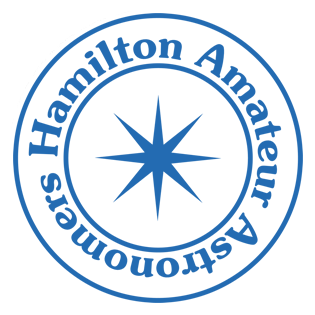When I mentioned a few weeks ago that Gail and I were looking for company, on a camping trip to Silent Lake Provincial Park, I got four immediate takers. Stewart Attlesey, Cindy Bingham, Marg Walton and Bruce Peart all knew the park well and, by the designated weekend of September 7-9, Steve Germann and Don Pullen would also book sites.
For those not familiar with this spot, the park is located about twenty minutes south of Bancroft and, more importantly, in the middle of a large ?blue zone? on the light pollution map which means the night skies are really good.
I thought we might be pushing our luck weather-wise but, apart from gusty winds Friday afternoon and rain showers late that night, it was perfect for camping. The lake was warm enough for swimming and we would canoe, bike, fish (but not catch), and hike when we weren?t socializing at one camp or another. Friday night was warm enough to sit around in t-shirts and there were no mosquitoes.
Saturday night the temperature dropped but that only made for a perfect night of observing. Out at the day-use area, Steve and Don set up at dusk and were soon joined by the rest of us. By 9pm, the Milky Way was a broad highway of stars and we set to work collecting photons in Steve?s 16? Lightbridge, more commonly known as the ?great white scope? (GWS).
One of the first objects was M82. The folks that live in that galaxy must have been partying on Saturday night because the entire cigar shape was so bright it was as if they all had their lights on! Aperture definitely rules.
We also had good views of Uranus, Neptune, and NGC 7009 which is the Saturn Nebula – an object that exemplified the winning combination of a large mirror, premium eyepiece, and a dark sky. It would be our most modest equipment, though, that would reveal the rarest sight of the night. The Pleiades cleared the tree-line just after midnight and I turned Gail?s Starblast, a 4 ½? reflector with a 3 degree FOV, toward them. The whole asterism fit nicely in the eyepiece and after coming to a sharp focus I noticed a haze around the cluster. Being well-acquainted with the effects of dewed optics, I switched oculars. The haze remained so I pulled out my 10×50 binoculars and found that the effect was even more pronounced due to the greater contrast from the wider FOV. I called Gail, Steve, and Don over to confirm and there was no doubt; it was the famed Pleiades Nebulosity, often photographed but very elusive to the visual observer.
By the time we packed up, we?d also spotted several satellites and about a dozen bright meteors which didn?t appear to have a common radiant. We also caught a deer, in the headlights, as we drove back to our camp.
It was a great weekend and I can think of at least eight HAA members who can?t wait to go back.
